Achtung!
Wir haben kein übliches Ladengeschäft.
Abholadresse:
Topfoto-Bodensee.ch
Dorfstrasse 7 9223 Halden Schweiz
Montag-Freitag
09:00 - 17:00 Uhr
Samstag-Sonntag
Geschlossen

Willkommen bei Topfoto Bodensee Jedes Bild ist ein Unikat.
Wir sind die Spezialisten für alles rundum Analoges Fotomaterial und die Filmtechnologie in der Ostschweiz., mit einer umfassendsten Sortimente von analoge Filme. Fotochemie, Laborzubehör, Papier am Lager. MWST Erhöhung ? Topfoto-Bodensee übernimmt sie! Versandkosten sind für Economy CHF 5.90 Gratis Kostenloser Versand in der Schweiz ab Fr. 150.00 (B-Post) und für Priority Fr. 8.90 in der Schweiz und Liechtenstein. Die Lieferzeit der einzelnen Artikel kann variieren, wir haben mehrere Lager in Belgien, Deutschland und der Schweiz und arbeiten auch mit mehreren Spediteuren. Wenn Sie diesen Artikel vor dem heutigen Tag bestellen, werden wir den Artikel innerhalb von 2 bis 3 Tagen versenden, der Track Code der Sendung wird später per E-Mail folgen. Wir geben das ganze Jahr eine Rabatt von 5% bis 12.5%, Die erste Rabattstufe fängt an bei 300.-
LED laboratory light for black and white processing.
This excellent LED lab light combines a red light for safe working in the duka with white light for evaluating your magnifications in the fixation bath. The design is also unique. Over a length of 1m, the lamp illuminates your darkroom evenly and brightly. With the integrated intensity adjustment, you can perfectly adapt the brightness to the working distance. The rotatable wall or ceiling mount allows you to point the lamp in the desired direction.
The advantages at a glance
Der analoge Film feiert ein Überraschungs Comeback. Auch im digitalen Zeitalter hat sich auch um den analogen Film eine Schar von treuen Fans gebildet.. Wir bieten Filme für analoge Kameras, Foto-Systeme und Sofortbild Kameras an. Auch grössere Aufträge werden schnell bedient und ausgeliefert. Offizieller Vertriebspartner von ADOX, Cinestill, FOMA, Fujifilm, Ilford, Kodak und Polaroid. Versandkosten sind für Economy GRATIS und für Priority Fr. 8.90 in der Schweiz und Liechtenstein. Für Verpackung und Abfertigung zu decken berechnen wir Fr. 2.-.
Hallo TopFoto
Als begeisterter Analog Fotograf bin ich glücklich dass es TopFoto gibt. Alles wichtige ist bei ihnen erhältlich. Ich hoffe noch lange.Bestellungen werden prompt ausgeführt. Was will man noch mehr. Ich gebe fünf Sterne.
Freundliche Grüsse
Guido Pellicioli
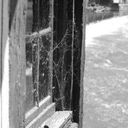
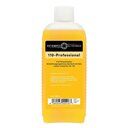
Mit der Abwicklung der Bestellung sowie mit dem Ilford Ilfolux bin ich sehr zufrieden. Ich wünschte auch, dass mehr Firmen ihren Kubdeb diese Möglichkeit gewährten, ihnen in freier Form Lob oder Kritik zu schicken.
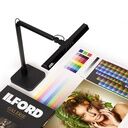
alles perfekt.Ich bin immer wieder überrascht über die Schnelligkeit der Lieferung und die Verfügbarkeit der Artikel.Auskünfte betreffend Artikeln werden auch am Wochenende beantwortet.Meine bezogenen Mengen sind zwar klein, da die Fotografie nicht mein Beruf ist, aber ich bin froh einen Ort zu kennen, wo ich die benötigten Materialien zuverlässig finden kann.
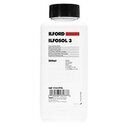
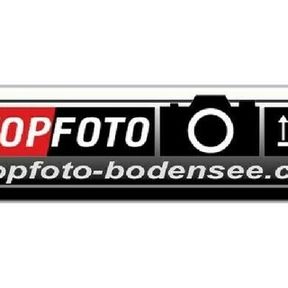
Der analoge Film feiert ein Überraschungs Comeback. Auch im digitalen Zeitalter hat sich auch um den analogen Film eine Schar von treuen Fans gebildet.. Wir bieten Filme für analoge Kameras, Foto-Systeme und Sofortbild Kameras an. Auch grössere Aufträge werden schnell bedient und ausgeliefert. Offizieller Vertriebspartner von ADOX, Cinestill, FOMA, Fujifilm, Ilford, Kodak und Polaroid. Versandkosten sind für Priority Fr. 8.90 in der Schweiz und Liechtenstein. Für Verpackung und Abfertigung zu decken berechnen wir Fr. 2.-.
Achtung!
Wir haben kein übliches Ladengeschäft.
Abholadresse:
Montag-Freitag
09:00 - 17:00 Uhr
Samstag-Sonntag
Geschlossen